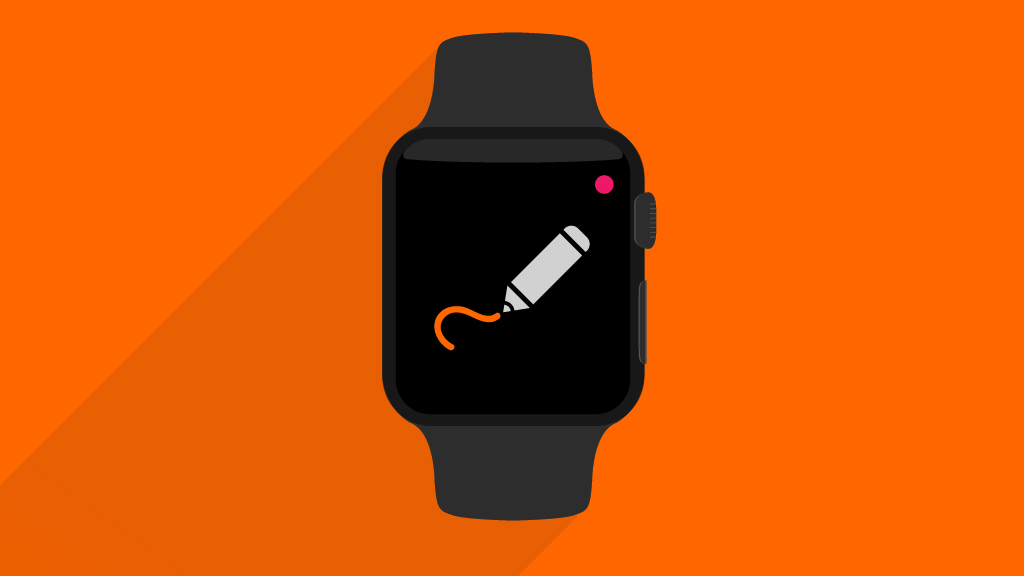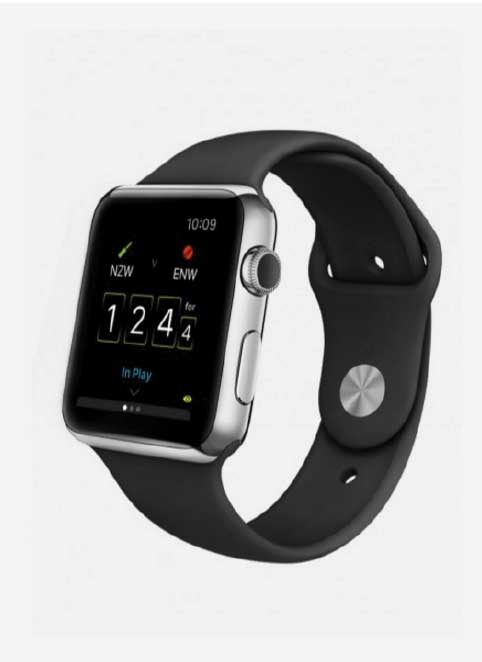Introducing Apple watch
Like many serious watchers of the digital universe, the team at Other Media is very Apple-aware and we are fortunate to have developed a great working relationship with the brand.
Apple Watch is the Silicon Valley giant’s first crack at creating a new product category since iPad was introduced five years ago. However, unlike iPad, which was an evolutionary product that built on technology pioneered in iPhone and iPod Touch, Apple Watch is far more revolutionary. It not only introduces a new form factor; it brings with that several interesting new types of user interaction and interfaces.
The toughest obstacle at launch for a ground-breaking product like Apple Watch is the fact that (to paraphrase Steve Jobs) “a lot of times people don’t know what they want until you show it to them”.
Many people won’t know if they should buy an Apple Watch yet because they don’t know what problems it will solve for them. Tech-users may recall that the iPad was initially panned for being ‘just a big iPod Touch’, but went on to outsell all PC manufacturers. (We suspect that, as before, Apple will do a great marketing job and it will be a similar success story here.)
The answer to this fundamental question for me can be found by looking at Apple Watch’s illustrious ancestor – the wristwatch. One of the main reasons the wristwatch has survived for over a hundred years is simply its convenience. We all want to know what the time is at various points throughout the day and there is no more convenient method than checking the watch on your wrist. You simply lift your wrist, read the hands or digital display – and that’s it. You’ve got your answer in less than two seconds.
This is, of course, exactly the same core function that Apple Watch provides, except now it’s not just the time you can check. With just a glance users get access to messages, calls, news, sports scores, stocks, reservations, flight information, weather… the list is endless.
Of course, you can already do all these things with your iPhones too and that will continue to be the case. However, the sheer glanceability and convenience of Apple Watch is what makes it such a compelling companion device and is the main reason I will likely be getting one.*
Consider how long it takes to dig your iPhone out of your pocket compared to just having to raise your arm. This difference multiplied by the countless interactions over a day could result in considerable time saving. It’s the same principle that makes Touch ID such a great feature. Sure, it seemed like a gimmick at first, but if you’re used to unlocking your iPhone or iPad using your fingerprint, then you are forced to enter your passcode, it becomes obvious how much that convenience is worth.
Perhaps this is an over simplified view. Of course the success of the wristwatch is not purely about telling the time. Even the supposedly ‘functional’ watches like ‘pilot’, ‘diver’ and ‘chronograph’ actually play heavily on style and branding, and layer luxury, self-image and functionality side-by-side. This is mirrored in the Apple Watch design, with nods to its horological ancestors like the watch face complications, digital crown and the milanese loop strap, which demonstrate Apple’s awareness that the Watch’s desirability goes beyond its feature set. Apple is positioning Apple Watch as another ‘must have’ product by focusing on fashion in a way it has never had to with any previous product. This is evident in the vast collection where the most expensive Edition model costs 45 times the most affordable Sport model, despite being functionally identical. Vogue magazine created a 12 page Apple Watch ad which sells the product as a piece of designer jewellery rather than the latest consumer electronics gadget.
Apple is not the first company to release a ‘smart’ watch, but it is arguably the first to create a product that focuses on fashion to the same degree as functionality. We believe Apple Watch offers the full system integration that third-party watches simply can’t. Clearly, it goes beyond simple fitness tracking offered by the various fitness bands available and, thankfully, it doesn’t try to be a ‘smartphone for your wrist’ like many first-generation‘smart’ watches for Android.
Here Apple has carefully defined which features suit the case of a watch and which should remain on the phone. For example, Apple Watch can be used as a camera viewfinder and remote shutter for your iPhone, but doesn’t include a built in camera. Think of it as a highly desirable, functional companion to your other Apple devices if you will.
So with everything in place for Apple Watch to be a success, what new opportunities does it offer for brands and existing apps?
There are currently over 1.4 million apps available on the iOS App Store, meaning it’s getting increasingly difficult to get noticed without a substantial marketing effort. The release of Apple Watch hits the reset button on this number for the first time since the App Store was launched 6 years ago. Only a fraction of these apps will offer support for Apple Watch at launch, therefore making it a lot easier to get noticed. Apple also introduced an Apple Watch companion app with the release of iOS 8.2 that devotes an entire tab to an Apple Watch specific view of the App Store – the first place new Apple Watch owners will turn to when trying to find apps for their new gadget. It’s fair to assume that Apple will also introduce Apple Watch specific Top Charts, Editor’s choice and other promotions.
Check out our work the Apple Watch app we have created for ECB!
* Apple Watch Stainless Steel 42mm with Black Sport Band, in case you’re interested.
Adam Swinden
Head of Mobile



